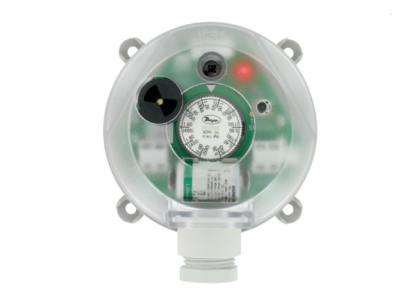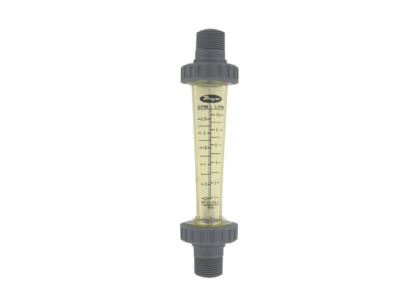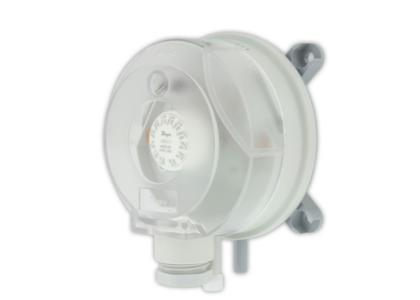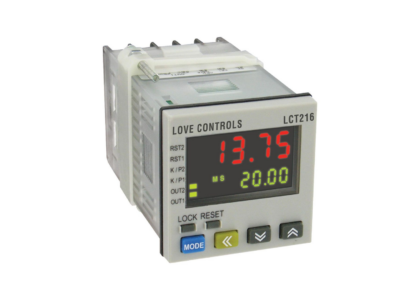
Temperature is a crucial parameter in various fields, from ensuring food safety to maintaining efficient chemical processes. Accurate temperature measurement is essential to avoid product spoilage, equipment malfunction, or even safety hazards.
This guide explores different temperature sensors and their applications:
Understanding Temperature Measurement:
1. Importance: Precise temperature monitoring is vital in numerous industrial and scientific applications.
2. Consequences of Inaccuracy: Incorrect readings can lead to poor product quality, equipment failure, or health risks.
Common Temperature Sensors:
1. Thermocouples:
Principle: Generate a voltage based on the temperature difference between two dissimilar metals joined at one end.
Advantages: Wide temperature range, durable, relatively inexpensive.
Disadvantages: Requires calibration for high accuracy, susceptible to electrical noise.
2. RTDs (Resistance Temperature Detectors):
Principle: Their electrical resistance varies with temperature.
Advantages: Highly accurate, stable over a wide range, good for lower temperatures.
Disadvantages: Slower response time than thermocouples, more expensive.
3. Thermistors:
Principle: Exhibit large resistance changes with temperature variations.
Advantages: Very high sensitivity, fast response time.
Disadvantages: Limited temperature range, non-linear response, fragile.
4. Temperature Labels:
Principle: Provide a one-time irreversible color change to indicate exceeding a specific temperature.
Advantages: Simple and inexpensive for monitoring peak temperatures during storage or transport.
Disadvantages: Not reusable, limited information.
5. Infrared (IR) Thermometers:
Principle: Measure temperature by detecting infrared radiation emitted from an object.
Advantages: Non-contact measurement, useful for hazardous or moving objects.
Disadvantages: Accuracy can be affected by surface emissivity and distance.
6. Thermal Imaging Cameras:
Principle: Create a visual image based on infrared radiation, highlighting temperature variations.
Advantages: Non-contact measurement for multiple temperature points simultaneously.
Disadvantages: Expensive, requires training for interpretation.
Choosing the Right Sensor:
· Consider these factors:
Temperature Range
Required Accuracy
Response Time
Application Environment (harsh conditions, etc.)
Additional Considerations:
1. International Temperature Scale (ITS-90): This international standard defines temperature measurement.
2. History of Temperature Sensors: The article explores the evolution of temperature measurement from early instruments to modern sensors.



